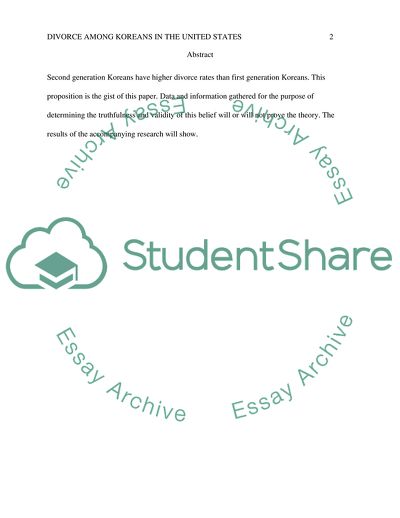Cite this document
(Divorce Among Koreans in the United States Case Study, n.d.)
Divorce Among Koreans in the United States Case Study. https://studentshare.org/sociology/1729003-second-generation-korean-have-a-high-divorce-rate-than-first-generation-koreans-in-the-united-stateshypothesis-and-koreans-divorce-rate-in-united-states-topic
Divorce Among Koreans in the United States Case Study. https://studentshare.org/sociology/1729003-second-generation-korean-have-a-high-divorce-rate-than-first-generation-koreans-in-the-united-stateshypothesis-and-koreans-divorce-rate-in-united-states-topic
(Divorce Among Koreans in the United States Case Study)
Divorce Among Koreans in the United States Case Study. https://studentshare.org/sociology/1729003-second-generation-korean-have-a-high-divorce-rate-than-first-generation-koreans-in-the-united-stateshypothesis-and-koreans-divorce-rate-in-united-states-topic.
Divorce Among Koreans in the United States Case Study. https://studentshare.org/sociology/1729003-second-generation-korean-have-a-high-divorce-rate-than-first-generation-koreans-in-the-united-stateshypothesis-and-koreans-divorce-rate-in-united-states-topic.
“Divorce Among Koreans in the United States Case Study”. https://studentshare.org/sociology/1729003-second-generation-korean-have-a-high-divorce-rate-than-first-generation-koreans-in-the-united-stateshypothesis-and-koreans-divorce-rate-in-united-states-topic.


